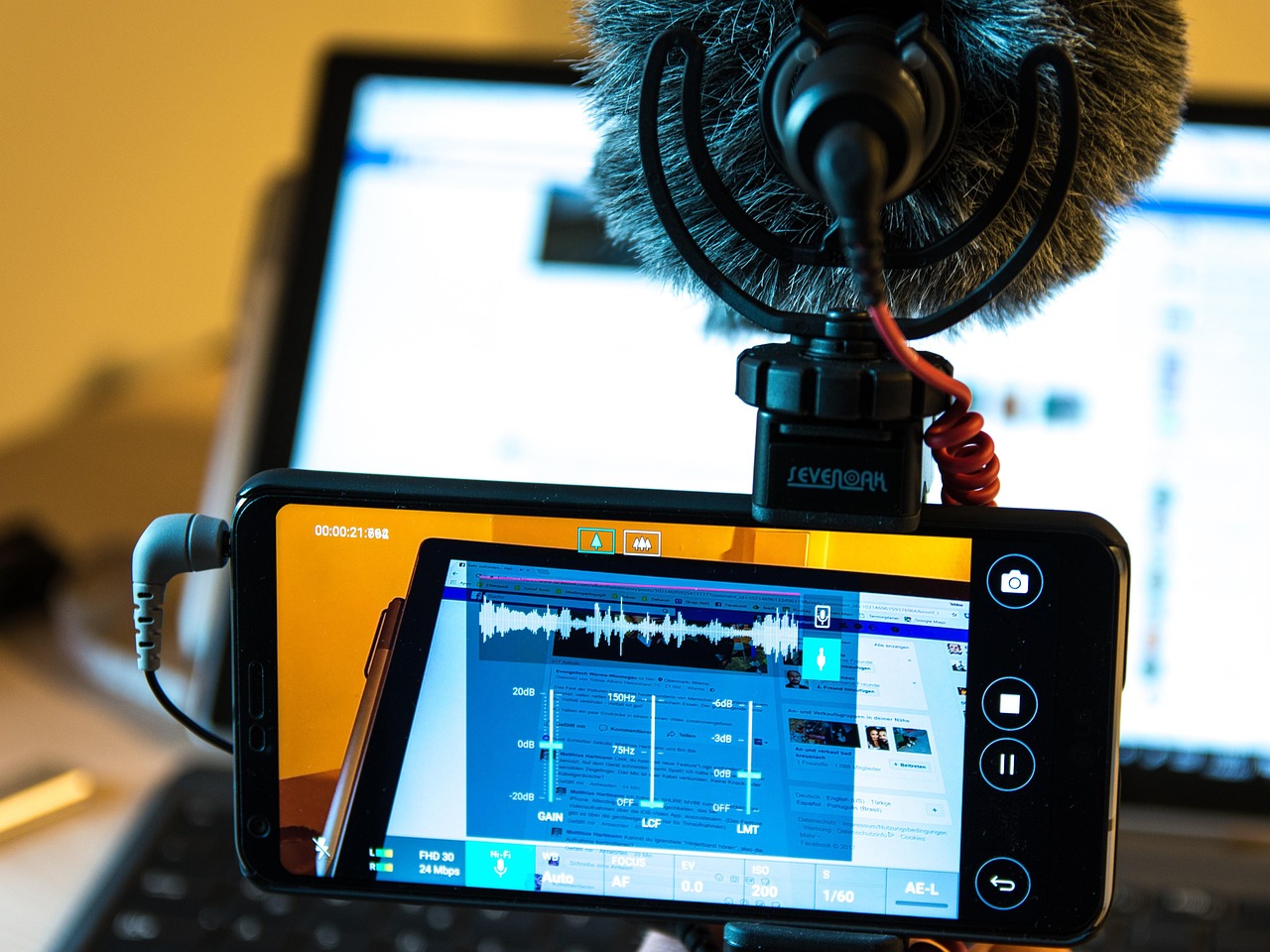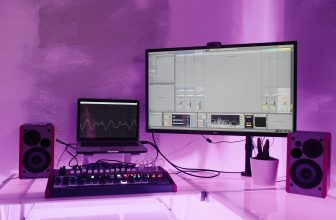
In today’s digital age, screen recording has become a powerful tool used across various industries, professions, and everyday situations. Whether you’re a teacher explaining a lesson, a gamer sharing a tutorial, or a business professional conducting virtual training, screen recording can make communication clearer, faster, and more effective.
But what exactly is screen recording used for, and why has it become such an essential function in both personal and professional spheres? This blog explores the uses, benefits, and diverse applications of screen recording in detail.
What Is Screen Recording?
Screen recording is the process of capturing everything that happens on your screen in real-time. It can include mouse movements, keyboard actions, open programs, and audio (either from the system or microphone). Most screen recording tools allow you to record the entire screen or a selected portion of it.
Screen recording can be saved as a video file, which can then be shared, edited, or stored for future use.
Top Uses of Screen Recording
1. Education and E-Learning
One of the most widespread uses of screen recording is in education. With the rise of e-learning platforms, screen recordings help instructors:
- Create video tutorials for complex topics
- Record online lectures and webinars
- Demonstrate how to use academic tools or platforms
- Provide feedback on assignments via recorded comments and explanations
Students can rewatch the content anytime, making learning more flexible and accessible.
2. Software Demonstrations and Tutorials
Companies developing software often use screen recording to:
- Showcase product demos and features
- Guide users through installation or setup processes
- Explain troubleshooting steps visually
Rather than reading a text-heavy manual, users prefer short videos that visually guide them through the process.
3. Business Training and Onboarding
In the corporate world, screen recordings are invaluable for:
- Training new employees
- Creating reusable onboarding videos
- Demonstrating internal tools and systems
- Recording meetings or presentations for later reference
It helps standardize training, reduces repetition, and saves time.
4. Gaming and Entertainment
Gamers frequently use screen recording to:
- Record gameplay walkthroughs
- Capture live streams and upload them to platforms like YouTube or Twitch
- Showcase skills or strategies
- Create reaction videos or game reviews
Gaming content has become a booming industry, and screen recording is at the heart of it.
5. Troubleshooting and Technical Support
Ever had a tech issue that was hard to explain over the phone or chat?
Screen recording allows users to:
- Capture a bug or error as it happens
- Share video evidence with IT or support teams
- Follow along with visual guides from technicians
This improves clarity and helps resolve problems faster.
6. Marketing and Promotional Content
Marketers can use screen recording to:
- Highlight product features in action
- Record website navigation or UI walkthroughs
- Create how-to videos for digital products or apps
- Show side-by-side comparisons with competitors
These videos are often more engaging and help potential customers better understand the product.
7. Legal and Compliance Documentation
In regulated industries, screen recording may be used to:
- Document transactions or sensitive operations
- Prove compliance with protocols
- Record virtual meetings for future auditing
- Preserve evidence in legal disputes
It serves as a transparent and tamper-proof record.
8. Content Creation for Social Media and YouTube
Content creators rely heavily on screen recording for:
- Creating tech tutorials
- Filming reaction or commentary videos
- Recording slideshows or narrated guides
- Teaching software skills (Photoshop, Excel, etc.)
It allows creators to produce high-value content without needing a camera or physical presence.
9. UX Testing and User Feedback
Developers and UX designers often use screen recording during:
- User testing sessions
- Beta testing feedback
- Interface walkthroughs
It helps them observe how users interact with an app or website, identify pain points, and improve user experience.
10. Remote Work and Collaboration
In a remote work setup, screen recording facilitates better collaboration by:
- Recording virtual team meetings or brainstorming sessions
- Explaining ideas visually instead of typing long instructions
- Demonstrating progress or bugs in shared projects
- Offering feedback on documents, designs, or code
This bridges communication gaps caused by geographical distance.
Benefits of Using Screen Recording
- Clarity: Visual explanations reduce confusion.
- Efficiency: Saves time compared to live repetition.
- Documentation: Creates a reliable visual record of activities.
- Accessibility: Learners and team members can revisit content anytime.
- Engagement: Video content is often more engaging than text-based alternatives.
Tips for Effective Screen Recording
Plan Your Content: Know what you want to show before hitting record.
Keep It Clear and Concise: Avoid unnecessary movement or distractions.
Use a Good Microphone: Audio clarity can make a big difference.
Highlight Important Areas: Use cursor highlights or annotations.
Edit Before Sharing: Trim mistakes or add captions for accessibility.
Final Thoughts
Screen recording has transformed how we teach, learn, support, sell, and collaborate. From the classroom to the boardroom, its uses are vast and growing. It’s a tool that breaks down barriers, simplifies complex information, and enhances the way we share knowledge.
Whether you’re an educator, gamer, tech support agent, or business leader, screen recording can bring a whole new level of efficiency and engagement to your work.
So next time you find yourself explaining something on your computer, consider recording your screen — you might just save time and create a resource that others can benefit from too.









